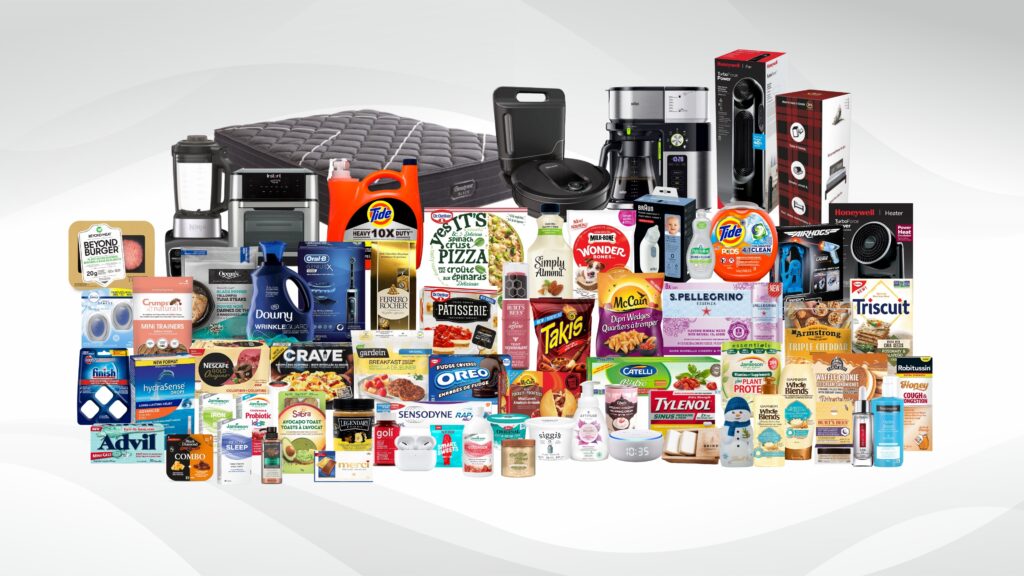BCG published an interesting article recently about Six Strategies for Designing Sustainable Products. We summarized the article below, but if you have time, please read the full article on BCG.
Did you know that the way things are designed can make a huge difference for our planet? Let’s dive into some strategies that companies can use to create products that are super-friendly to the environment.
1. Measure and Understand: Before crafting the next big thing, understand its environmental impact. Analyze the entire product life cycle, from creation to disposal, considering factors like CO2 emissions, resource usage, ecosystem impact, and pollution.
2. Less is More – Dematerialization: Be a design magician! Explore ways to use less material without sacrificing functionality. Embrace digitization to add features without increasing weight. Challenge the status quo and promote sustainability, all while keeping costs down.
3. Choose Wisely – Next-Best Material Selection: Select materials that minimize environmental impact. Options like biodegradable, recycled, and lightweight materials can make a significant difference. Though it might be a bit pricier, the Earth will thank you.
4. Green Supply Chain: Transform your supply chain into an eco-friendly powerhouse. Choose materials that reduce environmental impact in production and logistics. Collaboration with your team and suppliers is key to unlocking these benefits.
5. Design for Longevity and Efficiency: Create products that stand the test of time. Think repairs, upgrades, and adaptability. Efficiency matters too; design products that consume minimal energy and resources during their use.
6. Embrace Circularity: Think beyond the usual lifecycle. Design for circularity by using recyclable materials and exploring “second life” possibilities. It’s a challenge, but it’s worth it for a sustainable future.
For most of the above strategies, using an LCA assessment tool can help you to provide the insights to make decisions, collaborate with colleagues, take stakeholders along, and move away from opinions to facts. The most common tools used are Simapro, Gabi, Ecochain’s products Mobius and Helix, and OpenLCA. You can find an overview of the most used LCA software here. Depending on the specific job-to-be-done, one or more tools will suit your needs.
Establish Enablers: To make these strategies work, establish key enablers:
- Define measurable goals and targets.
- Integrate sustainability principles into your R&D processes.
- Use tools (like software to create an LCA) that embed environmental impact data into design.
- Establish governance to manage sustainability projects.
- Develop capabilities within your team.
- Foster external partnerships and collaboration.
Why Bother? Apart from being a superhero for the planet, sustainable practices have a strong business case. Save costs, gain a competitive edge, and meet consumer demands for eco-friendly products. In a world grappling with resource depletion and climate change, sustainability isn’t just a trend; it’s a long-term strategy for success.
By embracing sustainable product design, you’re not just making cool stuff; you’re shaping a greener, brighter future for all.

